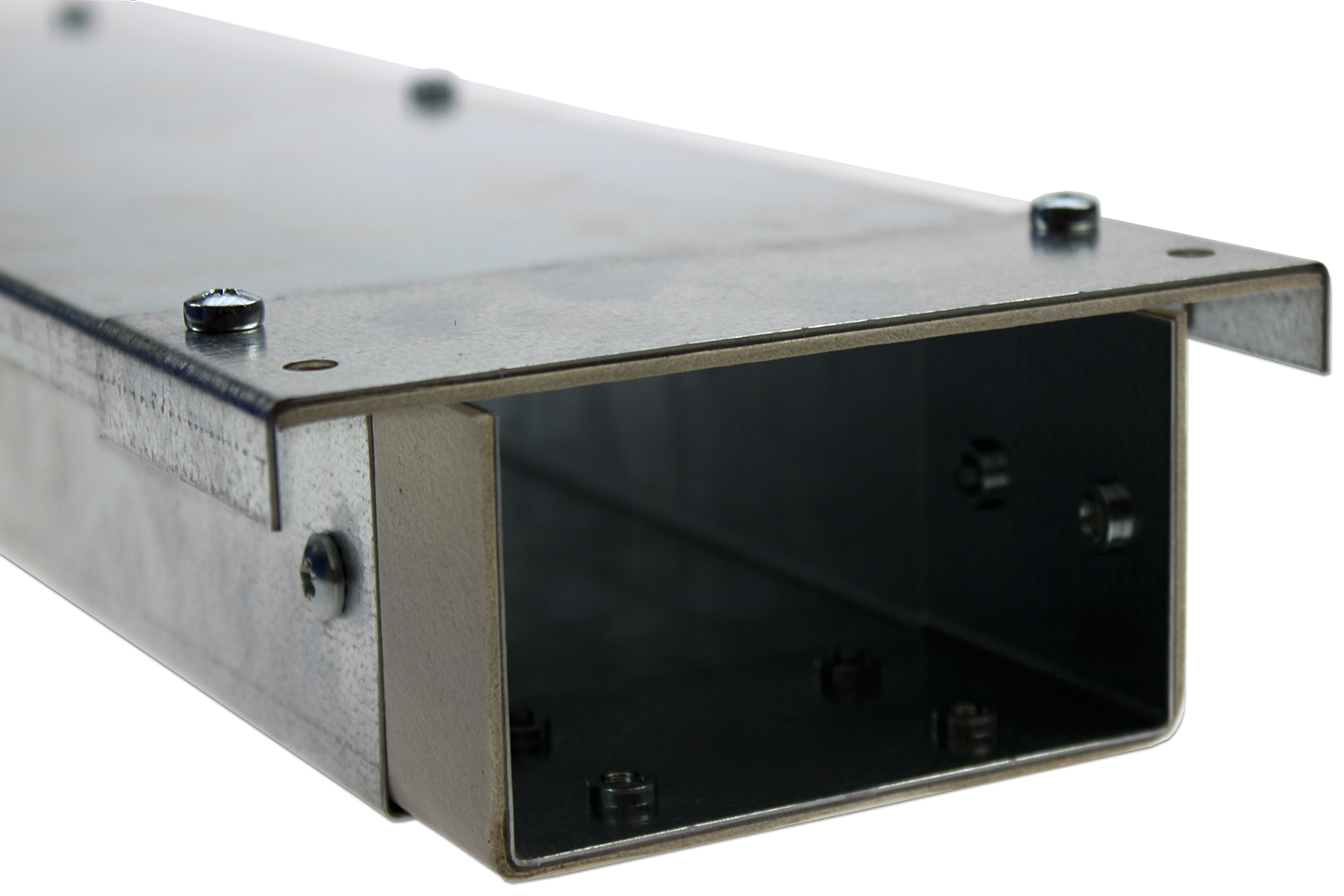In a nutshell, waterproof trunking has completely transformed the electrical installation industry by delivering unprecedented levels of protection and productivity in environments that are prone to the dangers that are associated with moisture and water. It is a solution that is invaluable in a wide variety of fields and applications as a result of its ability to prevent water damage, increase durability, improve system performance, and simplify the processes of installation and maintenance. All of these benefits come from its resistance to water.
It is essential to be aware of the limitations of waterproof trunking and to ensure that it is installed correctly in order to achieve an adequate level of waterproofing. Waterproof trunking offers a number of benefits; however, in order to get those benefits, it must be installed correctly. The development of new sealing technologies, materials, and customization options, as well as the integration of waterproof trunking with intelligent technologies, will shape the future of waterproof trunking. Waterproof trunking is becoming more adaptable, environmentally friendly, and user-friendly as a result of these technological advancements.
As the need for dependable and robust electrical systems continues to grow, there is no question that there will be an increase in the use of waterproof trunking. This is because of the nature of the product. Ongoing research and development efforts will further push the boundaries of electrical safety and efficiency, which will further push the boundaries of innovation.
In a world in which electrical systems play an essential part in our day-to-day activities, waterproof trunking serves as a demonstration of the dedication to developing electrical installations that are safer, more reliable, and more prepared for the future. In other words, waterproof trunking is a necessity in this world. Waterproof trunking, with its ongoing advancements and growing adoption, ensures that electrical systems operate without any hiccups, even in the face of challenging environmental conditions. As a result, it establishes new standards for the industry in terms of both safety and productivity.
Advantages and Disadvantages of Waterproof Trunking
Advantages of waterproof trunking:In this section, the numerous benefits that come with the utilization of waterproof trunking in the installation of electrical systems are discussed in greater detail
waterproof trunking emphasizes its capacity to prevent damage caused by water, improve system performance, increase durability, and simplify the processes of installation and maintenance
The adaptability of waterproof trunking, as well as its versatility and cost-effectiveness over the course of its lifetime, is another topic that is covered in this article
Constraints and disadvantages: Despite the fact that waterproof trunking offers a plethora of advantages, it is essential to take into consideration the confinements that it imposes. This is because both the advantages and disadvantages of using waterproof trunking are discussed below. This section of the article discusses potential drawbacks, such as the higher upfront costs in comparison to other options that are not waterproof and the requirement for careful installation to ensure that the waterproofing is done correctly. Other potential drawbacks include the requirement for careful installation to ensure that the waterproofing is done correctly. In addition to this, it investigates the limitations that come with utilizing waterproof trunking in extreme environmental conditions and emphasizes the significance of selecting the appropriate trunking material for a particular set of circumstances.
In their day-to-day operations, many different types of businesses make use of waterproof trunking.
This section examines the various applications for waterproof trunking that can be found in residential settings, such as kitchens, bathrooms, basements, and outdoor areas. These applications include the routing of electrical wiring and plumbing. It is discussed how important it is to waterproof electrical installations in these areas, and specific examples of how waterproof trunking improves safety and protects against water-related risks are provided. Also discussed is the importance of waterproofing electrical installations in other areas. In addition, the significance of watertightly enclosing electrical installations in these regions is dissected and discussed.
Applications in various types of industrial and commercial settingsReliable electrical installations are frequently required in commercial and industrial buildings, and this is especially true in environments that are humid or otherwise hazardous. This section focuses on the various applications that can be found for waterproof trunking in a wide variety of businesses, such as those that deal with the processing of food, pharmaceuticals, chemical plants, and manufacturing facilities. This demonstrates the importance of implementing dependable waterproofing solutions in these environments in order to guarantee the uninterrupted operation of critical electrical systems.
Applications that are carried out outside are susceptible to a wide variety of weather conditions. Installations such as street lighting, signage, and athletic facilities are examples of some types of outdoor installations. This section takes a look at the various ways that waterproof trunking can be utilized to protect electrical connections in outdoor settings, thereby ensuring the connections' long-term reliability and sturdiness. In addition to this, it discusses the challenges and considerations that are specific to applications that take place outside, such as the effects of ultraviolet radiation, the variations in temperature, and the environmental debris.
Electrical installations need to be able to fulfill a predetermined list of requirements in order to be considered suitable for use in specialized applications. In this section, we will examine the various applications for which waterproof trunking is used. Some of these applications include marine and offshore environments, agricultural and farming facilities, and infrastructure projects such as bridges, tunnels, and railway stations. It brings to light the distinct difficulties that are experienced in these industries as well as the efficient solutions that waterproof trunking offers to address those difficulties.








